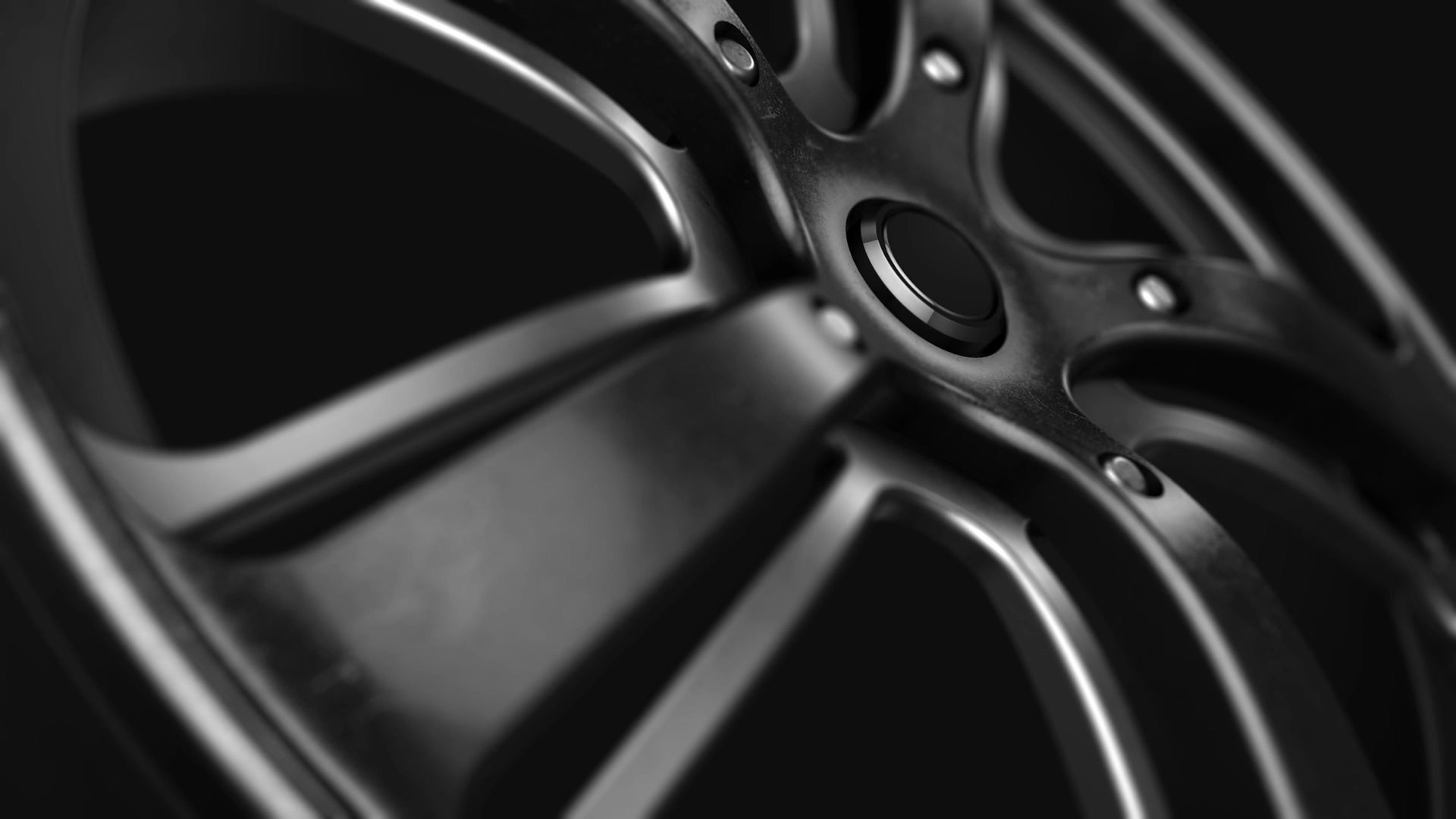Testing methods for tire balancing machines after maintenance
- enze6799
- Sep 19
- 3 min read
Comprehensive Testing Methods for Tire Balancing Machines After Maintenance
Ensuring a tire balancing machine operates accurately after maintenance is critical for delivering precise balance measurements and preventing vehicle vibrations. Below are systematic testing methods to validate performance, covering mechanical calibration, sensor accuracy, and real-world verification.
Mechanical System Verification
Spindle and Bearing Inspection
After replacing spindle bearings or shafts, verify their alignment and smooth rotation. Use a dial indicator to check for excessive radial play (exceeding 0.1mm indicates misalignment). Rotate the spindle manually to detect grinding or resistance, which may suggest improper lubrication or bearing damage.
Drive Belt and Pulley Alignment
Misaligned belts or pulleys cause inconsistent rotation speeds, leading to inaccurate balance readings. Use a straightedge or laser alignment tool to ensure pulleys are parallel and belts sit centered. Adjust tension using a belt tension gauge to match manufacturer specifications, preventing slippage during operation.
Wheel Clamping Force
Test the clamping mechanism’s grip by mounting a test wheel and applying lateral force. The wheel should remain secure without shifting. Weak clamping introduces measurement errors, often caused by worn cone adapters or loose locking nuts. Replace or tighten components as needed.
Sensor and Electrical System Checks
Optical/Laser Sensor Calibration
Clean sensor lenses with isopropyl alcohol to remove dust or debris that distorts readings. Use a certified test weight to verify sensor accuracy. Place the weight at known positions (e.g., 12 o’clock) and confirm the machine detects the imbalance correctly. Repeat at multiple angles to ensure consistent performance.
Strain Gauge Sensitivity
Strain gauges measure tire deflection during balancing. Test their sensitivity by applying a known force (e.g., pressing the tire with a calibrated tool) and comparing the machine’s reading to the expected value. Discrepancies indicate gauge drift or calibration drift, requiring recalibration or replacement.
Electrical Continuity and Interference
Check wiring harnesses for loose connections or corrosion using a multimeter. Poor electrical contact introduces noise, causing erratic readings. Inspect grounding points to ensure stable power supply. Additionally, isolate the machine from external vibrations (e.g., air compressors) to prevent interference with sensor data.
Functional and Real-World Testing
Static and Dynamic Balance Testing
Perform a two-step balance test:
Static Balance: Mount a test wheel and run the machine. The display should show zero imbalance when the wheel is stationary.
Dynamic Balance: Rotate the wheel at operating speed (e.g., 60–90 RPM). The machine should identify imbalance locations accurately. Add test weights and re-run to confirm reductions in imbalance values.
Four-Point Verification Method
For advanced validation, use the four-point method:
Balance the wheel to the highest precision setting.
Add test weights at 45°, 135°, 225°, and 315° positions.
Run the machine and verify that each weight triggers a corresponding imbalance reading at the correct angle.
If readings deviate significantly, recalibrate the machine or inspect sensors for faults.
Road Test Simulation
After balancing a wheel, mount it on a vehicle and conduct a road test. Drive at varying speeds (e.g., 50–120 km/h) to check for vibrations. A well-balanced wheel should eliminate steering wheel shake or seat vibrations. Persistent issues may indicate residual imbalance, improper weight placement, or unrelated suspension problems.
Additional Considerations
Environmental Factors
Ensure the testing environment is free from drafts, vibrations, or temperature fluctuations, which can affect sensor readings. Use a stable, level surface to prevent machine rocking during operation.
Operator Training
Verify that technicians follow standardized procedures, such as inputting correct wheel dimensions (width, diameter, offset) and selecting appropriate balance modes (e.g., aluminum wheel settings). Human error is a common source of post-maintenance issues.
Documentation and Traceability
Record all test results, including before-and-after imbalance values, sensor readings, and calibration dates. This data helps track machine performance over time and identifies recurring problems.





Comments